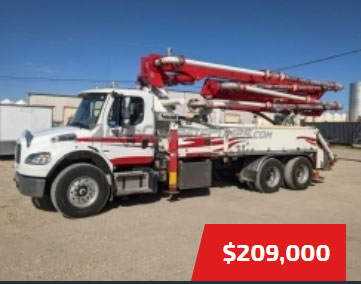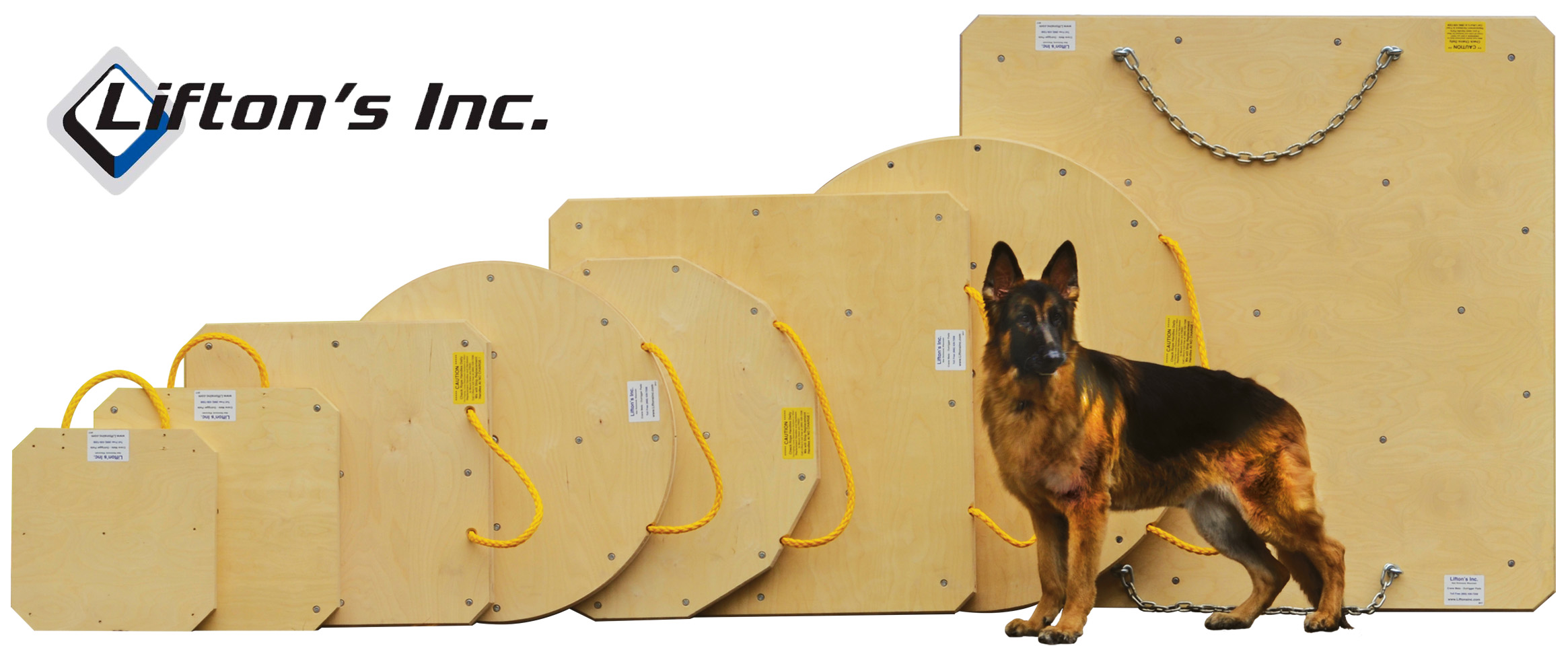| bisley57 | 06-06-2007 | comment profile send pm notify |
|
It states that when driving down the back side of a hill you should use 1 gear lower than used to climb the hill.How does that work? |
||
| eugene | 06-07-2007 | reply profile send pm notify |
|
well on a track bicycle they have a single fixed gear and no brakes so your resistance slows the bike. as for a truck operating i would have the RPM at say 40-60% for whatever gear keeps the motor working. |
||
| Many | 06-07-2007 | reply profile send pm notify |
|
Actually that has been in manuals as long as I can remember.It is an excelent rule of thumb.Some can remember low rpm engines,even with a jake it was less than impressive downhill.With some of the older trucks and steepness of the downhill side 2-3 gears below is warrented.Another point would be brake apply pressure,8-10 lbs of pressure.An example would be Donner,Cabbage,Baker,9 mile.These are well known in the western states.One side you didn't realize the other side was so steep or long.Keep downshifting untill selected gear and 8-10 pounds can hold you,if not you and your brakes are toast. |
||
| GB | 06-07-2007 | reply profile send pm notify |
|
I've never seen a brake application gauge. on a MR Mack. But those of us with Over the Road experience, know that 10 lbs of brake application isn't much pressure, [Typical stop at a red light probably using 20 to 30 lbs pressure] The "1 gear lower" logic is that at that slow speed you probably don't need much more pressure than 8 or 10 lbs brake application pressure keep from gaining speed. At 8 to 10 lbs, the heat created by the brake pad/drum contact can simply dissapate, at the rate it is created. In contrast 15 lbs and up the brakes are heating up rapidly. Brake drums that are heated much beyod what you can hold your hand on, are losing their braking capability [also called brake fade] All that being said, here is something else for the boom operator to think about. The ACPA test question pretty much reflects the common CDL testing and theory. The fact of the matter is that on a typical 80,000 lb truck there are 5 braking axles. Possibly 105,500 lbs, and 7 or 8 axles. But on these silly boom pumps most of us are running an overload permit of some kind, and therefore we have a greater ammount of weight per braking axle that we are trying to stop! Do the math. But all that aside, for the operators out there all this is a waste of time if your brakes are not properly adjusted! [to trust old automatic slack adjusters could be hazardous to your health].
|
||
| Many | 06-07-2007 | reply profile send pm notify |
|
To tell the truth I haven't either,just old school teachings.Reguardless of load or amount of axles that rule still applies.Somewhere I have a link to a recent accident (52m)on it's side on a mountain road.Operator forgot the basic's or inexperience.Yes the amount of available lining surface on drum helps x axles but still not enough and up in smoke like now.Automatic slack adjusters are nice on class 8 road trucks,off road applications makes a false sense of security. |
||
| Bob | 06-07-2007 | reply profile send pm notify |
|
That old iron we used to drive....... well "the gear you went up in" was probably 2nd or 3rd. 285 hp did not give the opportunity to up-shift much in a good climb. The new machines, with up to 465 hp is a different story completely. If it is much of a down grade you might think about 2 gears below the 'climber'..... if you want to stop. |
||




















.jpg)
.gif)

.jpg)









.jpg)








